Pakistan’s capital Islamabad has seen many dharnas and protests in the last few years. However, perhaps for the first time it was witness to a 10-day sit-in (01-10 February 2018) by about 5000 Pashtuns largely from the Federally Administered Tribal Areas (FATA). The sit-in was an expression of their pent-up feelings of resentment, anger and alienation at their treatment by the state for decades as part of a dubious policy seeking ‘strategic depth’ in Afghanistan. The import of this event is not merely noteworthy but could well be momentous.
The trigger for the protests was the 13 January 2018 extra-judicial killing of a Pashtun youth, Naqeebullah Mehsud in Karachi. Naqeebullah hailed from Makeen in South Waziristan in the FATA and belonged to the Abdullahi clan of the Behlolzai sub-tribe, one of the three main branches of the Mehsud tribe.1 He had migrated with his family to Karachi in the wake of military operations in their hometown. The 23-year-old ran a clothing shop and was an aspiring model. His dance videos and hairstyle had earned him a large Facebook following. He was picked up by plainclothes men on 03 January 2018 and ten days later he was shot dead in a fake encounter. The encounter received nationwide attention for two reasons. First, he did not fit the image of a terrorist from FATA. Second, the police officer involved was the SSP of Karachi’s Malir district, Rao Anwar, a known encounter specialist. According to Police data, Anwar was in charge of Malir district that has a large Pashtun population, from 2011 to 2018. In these seven years he is reported to have ‘extra-judicially’ killed a staggering 444 people in 200 encounters, a majority of whom were ethnic Pashtuns.
Were it not for the power of social media, Naqeebullah would likely have remained just another statistic passed off as a dead Taliban. With thousands of people taking to the streets in protest his death become a catalyst in galvanising the Pashtuns on one platform to protest their racial profiling and to seek justice for him. The public outcry from the Pashtun community compelled the government to set up a committee to look into Naqeeb’s death. The committee found no evidence of his involvement in terrorism. Hence, his death was established as an extrajudicial murder. Rao Anwar, after failing to flee abroad has gone underground. If he had been a normal police officer he would have been arrested by now. The fact that he hasn’t shows that he has connections with the powers that be and his arrest and interrogation could open a can of worms.
Naqeebullah’s extra-judicial killing proved to be an inflection point. It inspired his fellow tribesmen and other Pashtuns to speak up instead of suffering in silence. The protests started on 18 January when Karachi’s Mehsud elders set up a sit-in camp at Sohrab Goth, under the banner of the Pashtun Qaumi Jirga. Thousands of people from across the city attended the protest camp. After two weeks the ‘Justice for Naqeeb’ movement transformed itself into the ‘Pashtun Long March’ and shifted to the National Press Club in Islamabad on 01 February. Over 5,000 demonstrators from FATA and other Pashtun areas joined the sit-in. Quick to seize a political opportunity, political leaders from the Pakistan Tehrik-e-Insaf (PTI), Jamiat Ulema-e-Islam-Fazl (JUI-F), Pakhtunkhwa Milli Awami Party (PkMAP) and Awami National Party (ANP) expressed support for the protestors.
What had begun as a demand for the arrest of Rao Anwar soon evolved into a comprehensive set of specific demands. These included: (i) the immediate arrest and prosecution of Rao Anwar; (ii) stopping of enforced disappearances and extrajudicial killings across Pakistan and their investigation; (iii) an end to the harassment and humiliation of the people of the tribal areas; and, (iv) the removal of all landmines from FATA that had injured or killed a large number of people. The sit-in was called off after 10 days on 10 February after the government gave a written assurance that former SSP Rao Anwar would soon be apprehended and the genuine grievances raised by protestors would be addressed as soon as possible. The organisers insist that this is a temporary halt for a month and that the resistance would continue if the government did not implement their promises.
A remarkable feature of the protest was that it was completely peaceful and the protesters issued no threats. This was in marked contrast to the blasphemy protests carried out at the Faizabad interchange in November 2017. The resonance of the protests was such that even Afghan President Ghani (a Pashtun) tweeted that he fully supported the historical #PashtunLongMarch in Pakistan. He termed the protests a “wake-up call against fundamentalism”.2
In the name of fighting terror, the Pak army has carried out several operations in FATA during the last decade, especially targeting North and South Waziristan. In such operations over 2 million people have been displaced and have had to move into camps or seek refuge in urban centres of Pakistan. The army has treated these areas as war zones and launched a full-fledged war on its own population. Measures taken include planting land mines, imposing blanket curfews, and erecting pervasive check posts all over FATA. Continuation of such measures either negates the claim of completely driving out the terrorists from the region or is a cover up to some harsh realities.
The harsh reality is that Pashtuns have been used as cannon fodder by the state for the sake of its exaggerated geo-strategic objectives. Their territory became the safe haven for terrorists that were nurtured by the state over the decades. Consequently, the Pashtuns have been subjected to a war not of their making for the past three decades with horrendous violence against their lives and properties. They have been displaced from their homes and face almost daily insults and humiliation. While the conditions in FATA are pitiable (70 per cent of the five million population lives in poverty), the condition of Pashtuns in the urban centres is no better. It is undeniable that Pashtuns in general and especially those from FATA have been negatively stereotyped and looked at with suspicion for years in almost all urban centres. The issue, as a human rights activist Jibran Nasir put it ‘is about racial profiling.’4 There are many examples of profiling of Pashtuns as terrorists. For one thing, in the name of fighting terror, thousands of young Pashtun boys have been picked up and have just disappeared in the last decade and a half. Last year, the Punjab police specifically targeted the Pashtun community in Lahore and Rawalpindi as suspects of terrorism. More recently, after clashes between student unions in Punjab University, the police jailed almost 200 Pashtun and Baloch students on charges of terrorism. A Pashtun Senator charged that the students were being treated as if they were prisoners of war, or belonged to a foreign country and faced acute racial discrimination, while the Punjab Government, its police and opposition looked the other way.5 Another example is of a book on Pakistan studies being taught in Punjab that contains abusive and insulting words like traitors and illiterate for Pashtuns.
Not surprisingly, Pashtun alienation is running high. According to Dr Said Alam Mehsud, a rights activist, ‘Being Pashtun is now sin in this country.’ 67
Pakistan often cites the figure of 60,000 Pakistani civilians killed in the war of terror but never reveals the ethnic composition of those killed. It is believed that at least 95 per cent of them would be Pashtuns. There is now a growing anger among the Pashtun youth at how they have been sacrificed at the altar of distant foreign policy goals. They don’t want to be sacrificial lambs any more. Young Pashtuns who have been studying in the urban centres of Pakistan, especially Karachi and Lahore, have personally experienced ethnic profiling and discrimination. This has led to the emergence of a political consciousness that is questioning the way the community has been treated all these years. For them, the frame of reference is not the old nationalist thinking but actual ground-level experiences of Pashtuns in today’s Pakistan. These experiences include displacement from their homes, ethnic profiling, being subjected to unlawful abductions, detentions, torture and killings by security forces on the one hand and terrorist violence and drone attacks, on the other.
The Islamabad sit-in is perhaps the first sign of the growth of this new political consciousness whose message clearly is that Pashtun lives are not expendable. In a sense the protests have rekindled the issue of Pashtun identity that was thought by many to have been co-opted and submerged in a larger Pakistan identity. The moot point is not whether the government implements the demands or whether the protest gets translated into a sustained political movement that can effectively address longstanding structural issues. The moot point is that the protests have raised the question of what it means to be a Pashtun in the 21st-century Pakistan.8 By doing so, the protests have redefined Pashtun political discourse in Pakistan.9
The Pashtun anger and outrage is real and if ignored or treated lightly, it could become dangerous. As ‘The Nation’ warned, “If the government fails to cater the demands of the tribal people, the chances are that the militancy will take up the form of militant ethnic nationalism.”10 Naqeebullah’s murder has ensured that the Pakistan state has to face the reality of Pashtun alienation and can no longer treat them as cannon fodder. What impact, if any, this has on the policies of the state will have to be carefully watched.
(The author is a former Special Secretary, Cabinet Secretariat, Government of India)
Endnotes
1. Rahimullah Yusufzai, ‘Mehsuds struggle to find a voice’, The News, 11 February 2018, http://tns.thenews.com.pk/mehsuds-struggle-find-voice/#.WoVXNK2B10u
2. ‘Afghan president backs Islamabad sit-in’ Dawn, 10 February 2018, https://www.dawn.com/news/1388484/afghan-president-backs-islamabad-sit-in
3. Talimand Khan, ‘If fallen on deaf ears’, Daily Times, 08 February 2018, https://dailytimes.com.pk/197493/fallen-deaf-ears/
4. ‘Police Killing of Pashtun Youth Fuels anger over ‘Encounters’’, Reuters, 27 January 2018, https://nation.com.pk/27-Jan-2018/police-killing-of-a-pashtun-youth-fuels-anger-over-encounters
5. Mumtaz Alvi, ‘Issue of violence against Pakhtun, Baloch students in Lahore echoes in Senate, The News, 27 January 2018, https://www.thenews.com.pk/print/273463-issue-of-violence-against-pakhtun-baloch-students-in-lahore-echoes-in-senate
6. Abdur Rauf Yousafzai, ‘Long march against Naqeeb killing reaches Peshawar’, Daily Times, 29 January 2018, https://dailytimes.com.pk/191100/long-march-naqeeb-killing-reaches-peshawar/
7. Aslam Kakar, ‘ The problem with ‘terrorism’ charges’ Daily Times, 07 February 2018. https://dailytimes.com.pk/196689/problem-terrorism-charges/
8. Rafiullah Kakar, ‘Pashtun sit-in — a new political awakening?’ The Express Tribune, 08 February 2018. https://tribune.com.pk/story/1628826/6-pashtun-sit-new-political-awakening/
9. Afrasiab Khattak, ‘Pashtun protest’, The Nation, 10 February 2018 , https://nation.com.pk/10-Feb-2018/pashtun-protest.
10. ‘Pashtun Sit-In Ends’, The Nation, 12 February 2018, https://nation.com.pk/12-Feb-2018/pashtun-sit-in-ends.
(Views expressed are of the author and do not necessarily reflect the views of the VIF)
Image Source: http://thepashtuntimes.com/we-will-organize-we-shall-overcome/

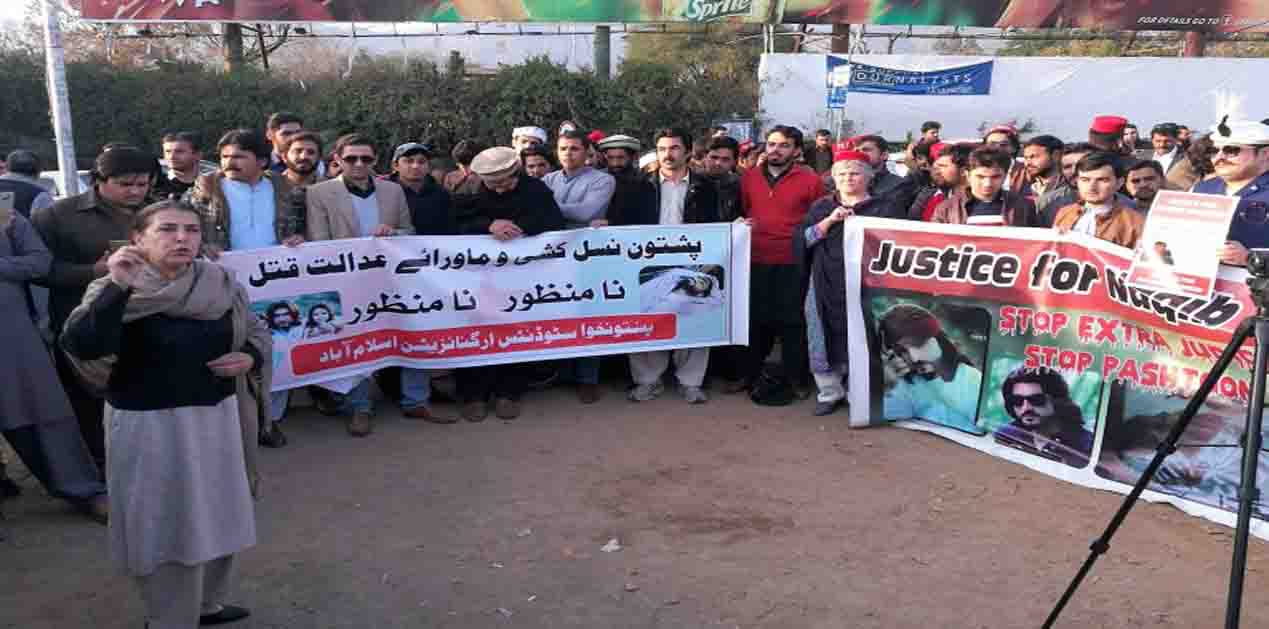
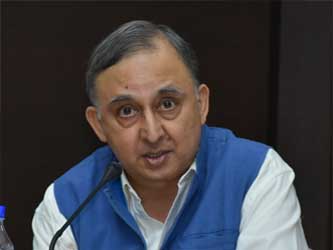

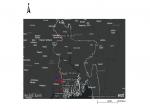



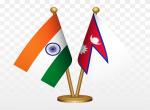
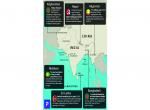
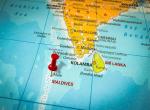
Post new comment